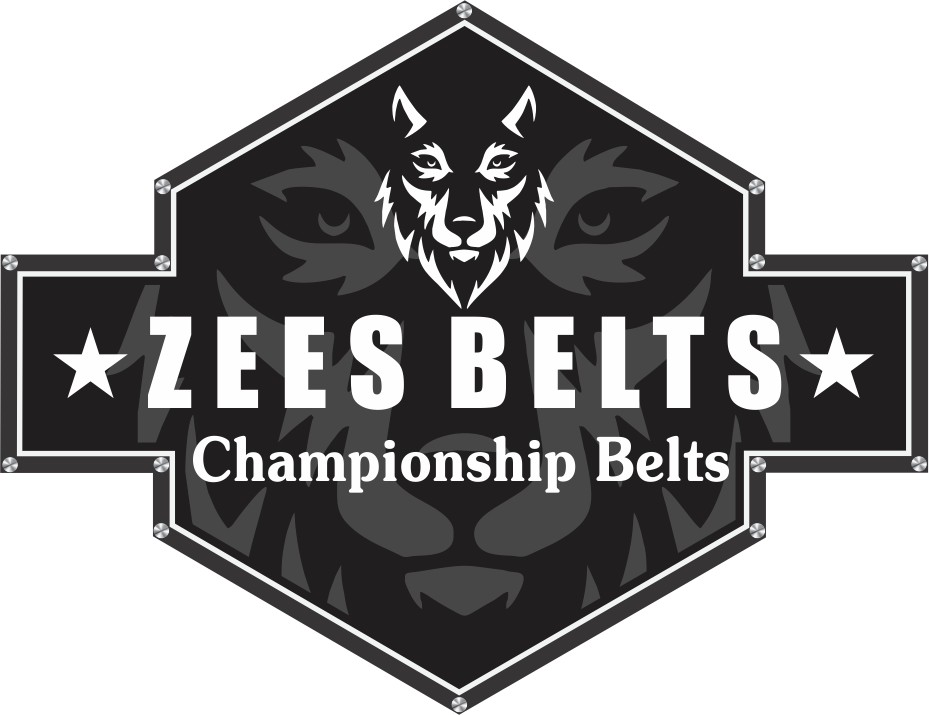Introduction
Championship belts are more than just shiny accessories—they symbolize glory, hard work, and victory in sports, especially wrestling and boxing. But have you ever wondered how these iconic belts came to be? In this blog, we’ll explore the fascinating history of championship belts, how they evolved over time, and why they remain a powerful symbol of achievement.
Whether you're a wrestling fan, a boxing enthusiast, or just curious about sports history, this guide will take you through the journey of championship belts. And if you love these symbols of victory, be sure to check out our store for authentic replicas!
The Early Days: Boxing’s First Belts
The concept of championship belts began in the world of boxing. In the early 19th century, boxing champions were recognized, but there were no physical belts to represent their status. That changed in 1810 when Tom Cribb, an English bare-knuckle boxer, was awarded a championship belt after defeating Tom Molineaux.
These early belts were made of leather and silver, far from the flashy gold-plated designs we see today. They were more like sashes, worn over the shoulder, and often featured intricate engravings.
As boxing grew in popularity, so did the demand for more prestigious belts. By the late 1800s, organizations like the Marquess of Queensberry Rules formalized boxing, and championship belts became a standard reward for champions.
Wrestling Adopts the Championship Belt
While boxing belts were already established, professional wrestling didn’t adopt championship belts until much later. In the early 20th century, wrestling promoters realized that having a physical title would make matches more exciting and give fans a clear symbol of who the top wrestler was.
The National Wrestling Alliance (NWA), formed in 1948, played a big role in standardizing wrestling championships. Their NWA World Heavyweight Championship belt became one of the most recognized titles in wrestling history.
As wrestling grew into a global entertainment spectacle, organizations like WWE (World Wrestling Entertainment) introduced even more extravagant belts. The Winged Eagle WWE Championship belt (1980s-1990s) and the current WWE Universal Championship belt are perfect examples of how belts evolved to match the larger-than-life personalities of wrestlers.
Design & Symbolism: What Makes a Championship Belt Special?
Championship belts aren’t just trophies—they’re works of art. Here’s what makes them unique:
-
Materials: Modern belts are made from gold, leather, and precious stones, making them valuable and visually stunning.
-
Custom Plates: Many belts feature removable nameplates, so new champions can personalize them.
-
Iconic Logos: Belts like the WWE Championship or the IBF Boxing Belt have distinct designs that fans recognize instantly.
Each belt tells a story. In boxing, belts from organizations like the WBC, WBA, IBF, and WBO represent different governing bodies, each with its own history. In wrestling, belts like the Intercontinental Championship or the Tag Team Titles have their own legacies.
Championship Belts Today: A Symbol of Excellence
Today, championship belts are more than just awards—they’re cultural icons. Wrestlers and boxers carry them with pride, and fans dream of holding one someday. Replica belts have also become popular among collectors and enthusiasts.
If you’ve ever wanted to own a piece of this history, our store offers high-quality replica belts that capture the essence of the real thing. Whether for display, cosplay, or just to feel like a champion, these belts bring the excitement of sports glory into your home.
Conclusion
From humble leather sashes in boxing rings to the glittering gold belts of WWE, championship belts have a rich and exciting history. They represent hard work, dedication, and the ultimate prize in sports competition.
